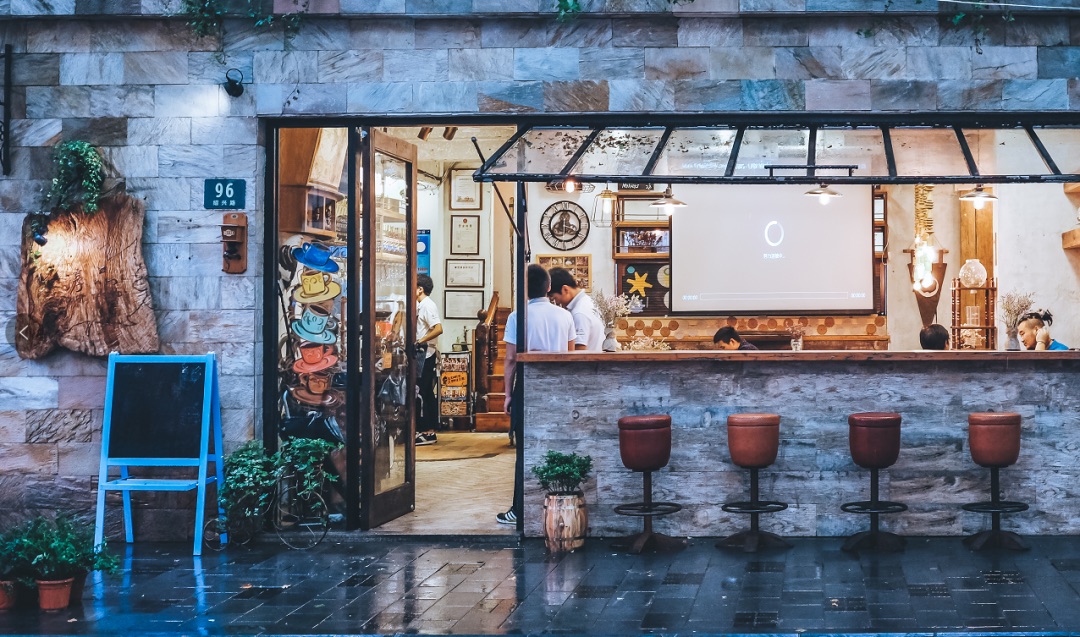Coffee is to Shanghai what afternoon tea is to London. According to media reports, Shanghai has now surpassed New York to become the city with the Most coffee shops in the entire world.
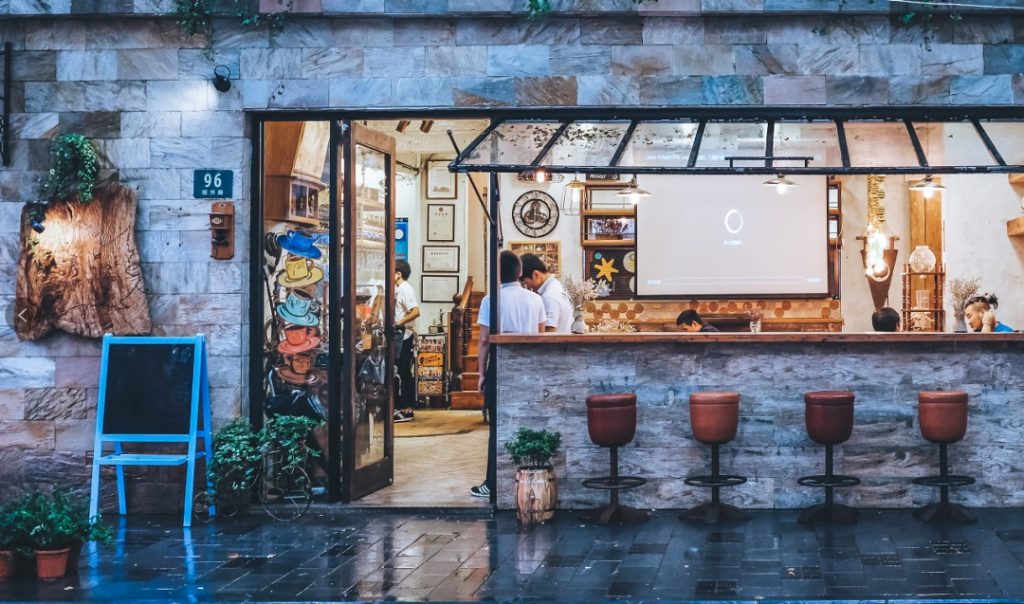
What area in Shanghai features the most cafes?
The Lujiazui subdistrict has the highest total number of cafes while the Nanxi subdistrict has the densest distribution.
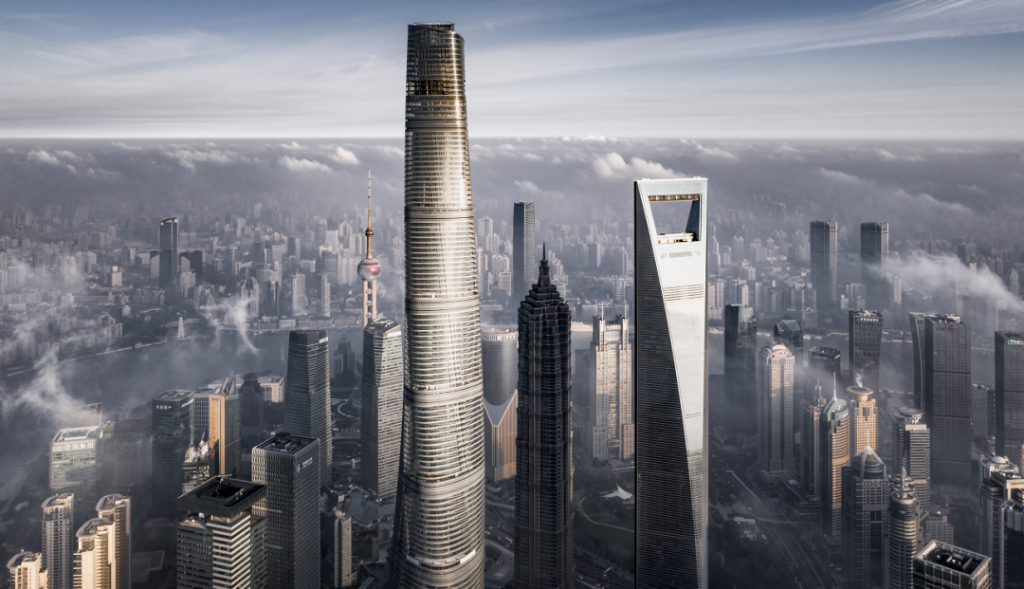
Shanghai’s 16 districts have 107 subdistricts, 106 towns, and 2 townships. The largest number of cafes, a total of 164, are located in the Lujiazui subdistrict in Pudong. Lujiazui is the most densely populated area of high-rise office buildings in Shanghai. Financial white-collar workers work long hours and are under great pressure, and it’s common for them to rely on coffee to power through their hectic workweeks. According to reporter statistics, 149 of these 164 cafes are located in office buildings, and there are long lines in front of them at noon every day.
However, it’s not totally accurate to calculate where the most cafes are based on the subdistrict as a whole. After all, Lujiazui is very large. We can take a look at the density by dividing the number of cafes by the area of each subdistrict.
When we rank them this way, the Nanjing West Road subdistrict in Jing’An takes first place, with 57.9 cafes per square kilometer. The Ruijin Second Road subdistrict in Huangpu is a close second with 57.4 cafes per square kilometer.
The official WeChat account of the Ruijin Second Road subdistrict even created a WeChat mini app called the “Golden Coffee Union”, which allows users to directly check the location of nearby cafes.
How to express the concept of more than fifty cafes per square kilometer? Put it this way – if you take a stroll down the street, you’ll see a cafe every ten steps.
Tightening the focus once again, which road has the most cafes? Nanjing West Road takes the top spot, followed by Huaihai Middle Road, and Yan’an West Road.
We’ve taken a look at the number of cafes in Shanghai, but what are the most common brands? The single most common is, you guessed it, Starbucks, but specialty coffee is also in the mainstream.
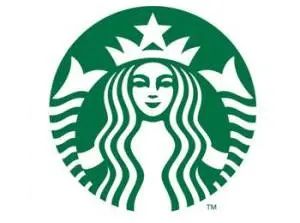
To dive into the makeup of the Shanghai coffee scene, we divided cafes into two categories. Those with 10 or more stores with the same name are considered “large chain cafes”.
Starbucks is by far number one, with almost twice as much as the second place Luckin Coffee.
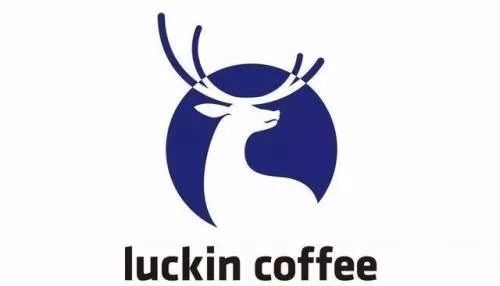
Taking third place is McCafé, the upgraded version of McDonald’s with cheap, but pretty good coffee.
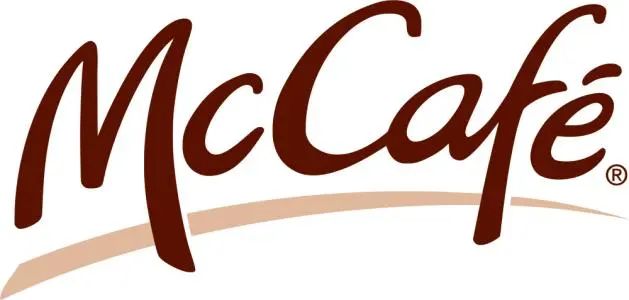
Canadian Tim Horton (Tims for short), which only entered China in 2019, has opened more than 100 stores in Shanghai in just two years to come in fourth place.
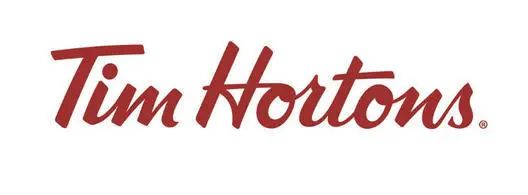
But surprisingly, it is not mega chain stores that dominate the Shanghai coffee scene, but rather independent cafes with fewer than 10 locations. There are 4,239 independent cafes in Shanghai, accounting for 64% of the total, and a considerable number of them focus on “specialty coffee”
Interestingly, mega chain and independent coffee shops have a different distribution across the city.
Independent cafes are spread out evenly from the south of Jing’an District and the west of Huangpu District. Especially in the Nanjing West Road and Ruijin Second Road subdistricts, where the density of cafes is the highest, independent cafes account for 69% and 82% respectively, significantly higher than the city’s average of 64%.
The location of large-scale chain cafes favours office building centers where white-collar workers are concentrated. The top five locations for these mega chains are on the Nanjing West Road, Nanjing East Road, Huaihai Middle Road, The Bund, and Lujiazui subdistricts.
Fortunately for the denizens of our megacity, a sip of great coffee and the resulting caffeine rush are never far away!

